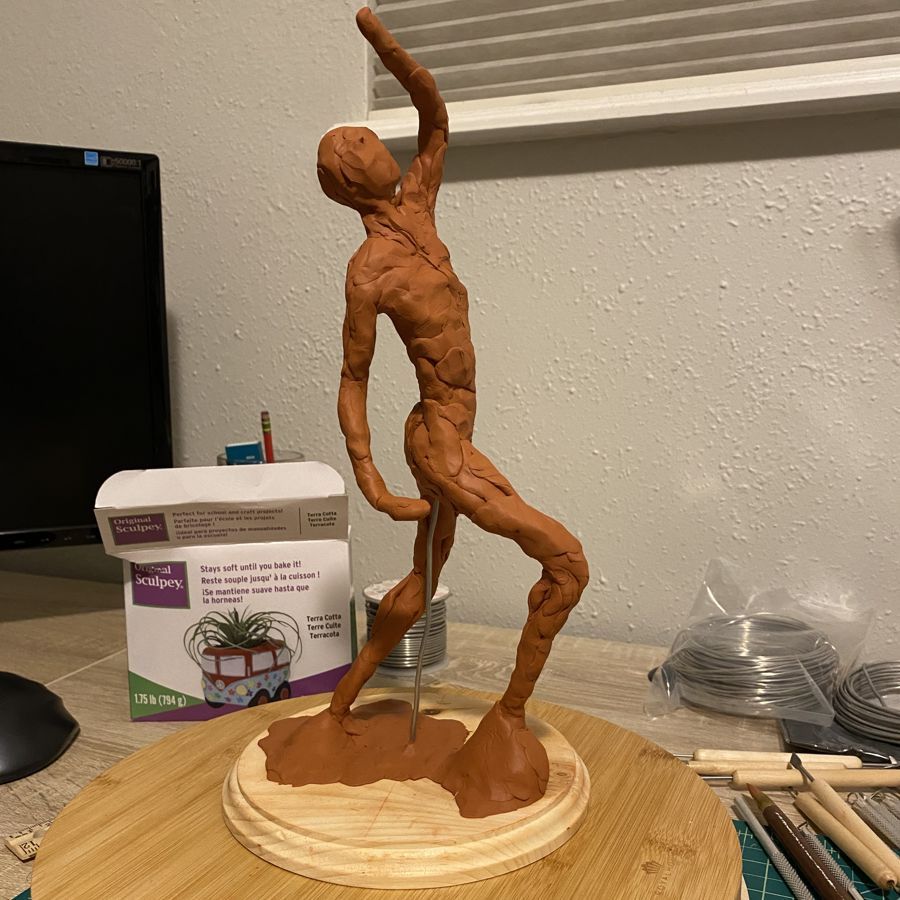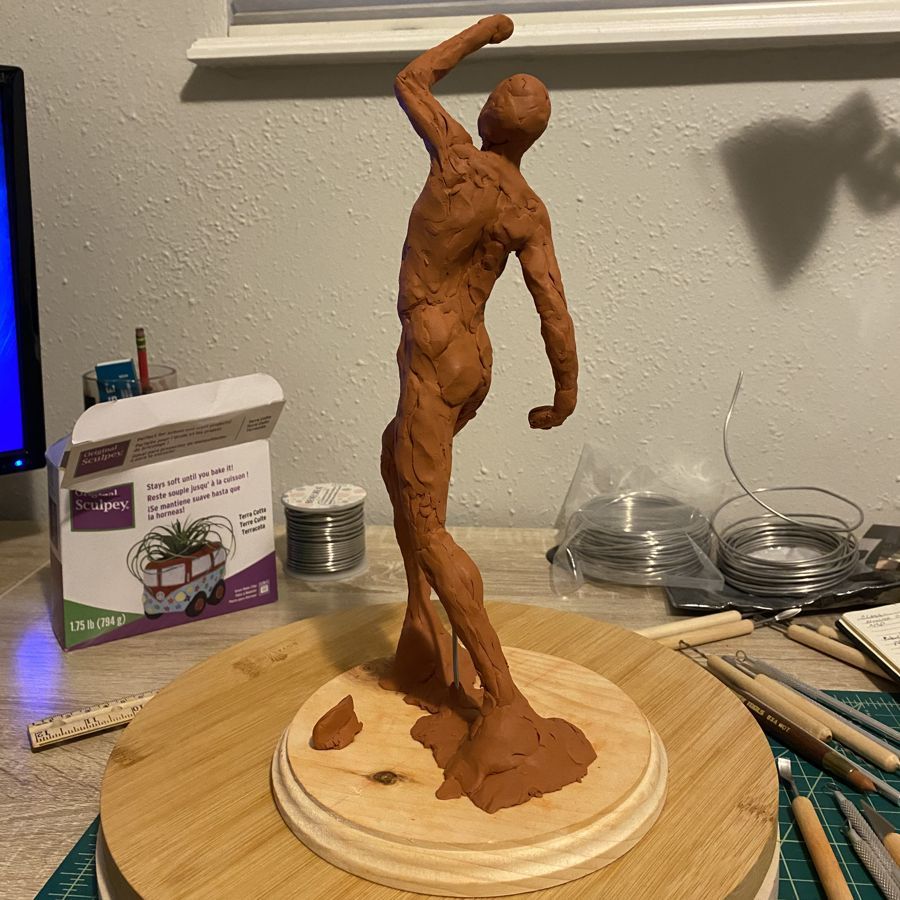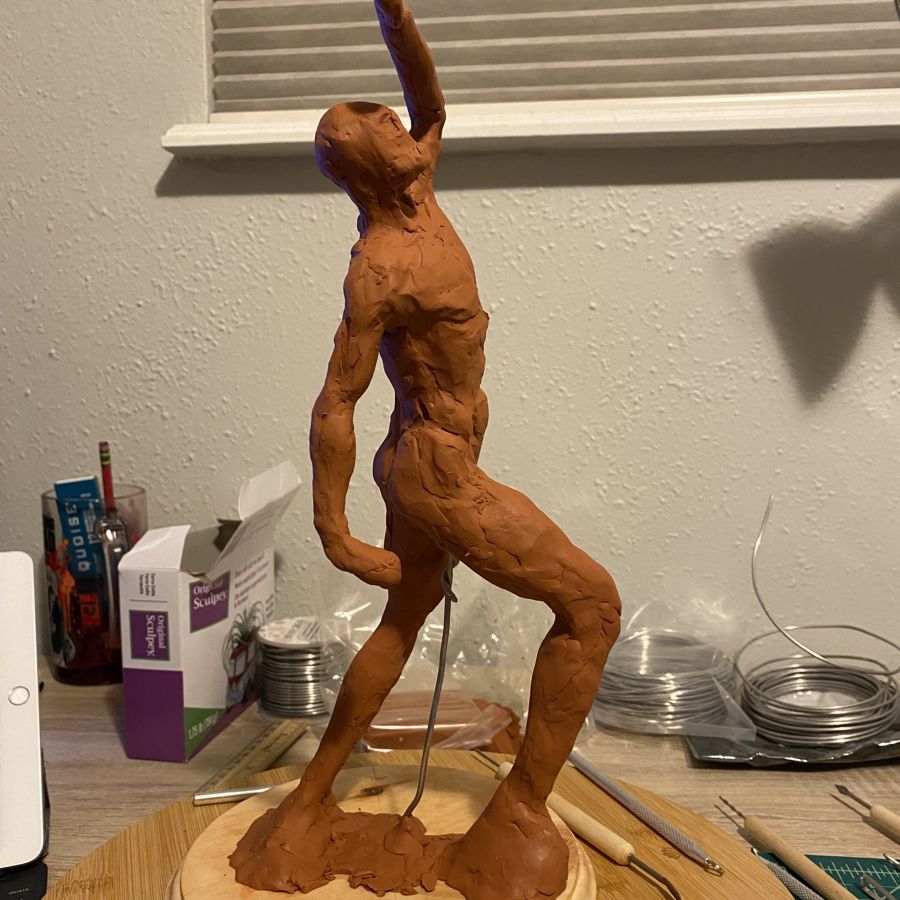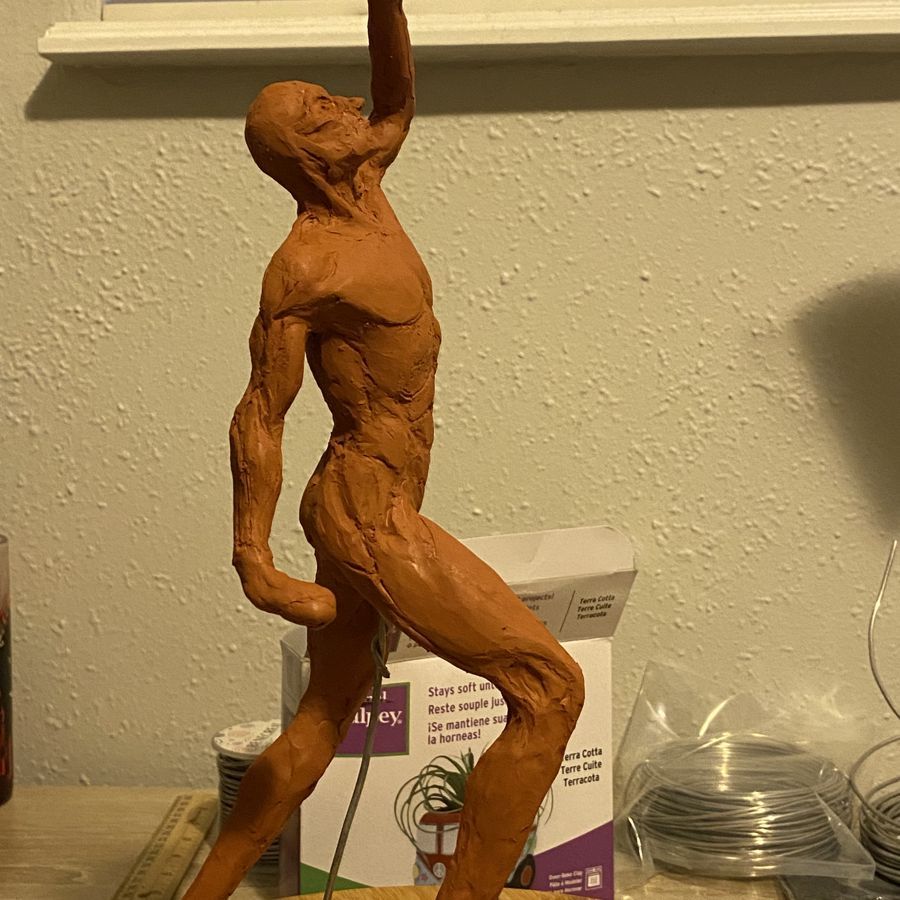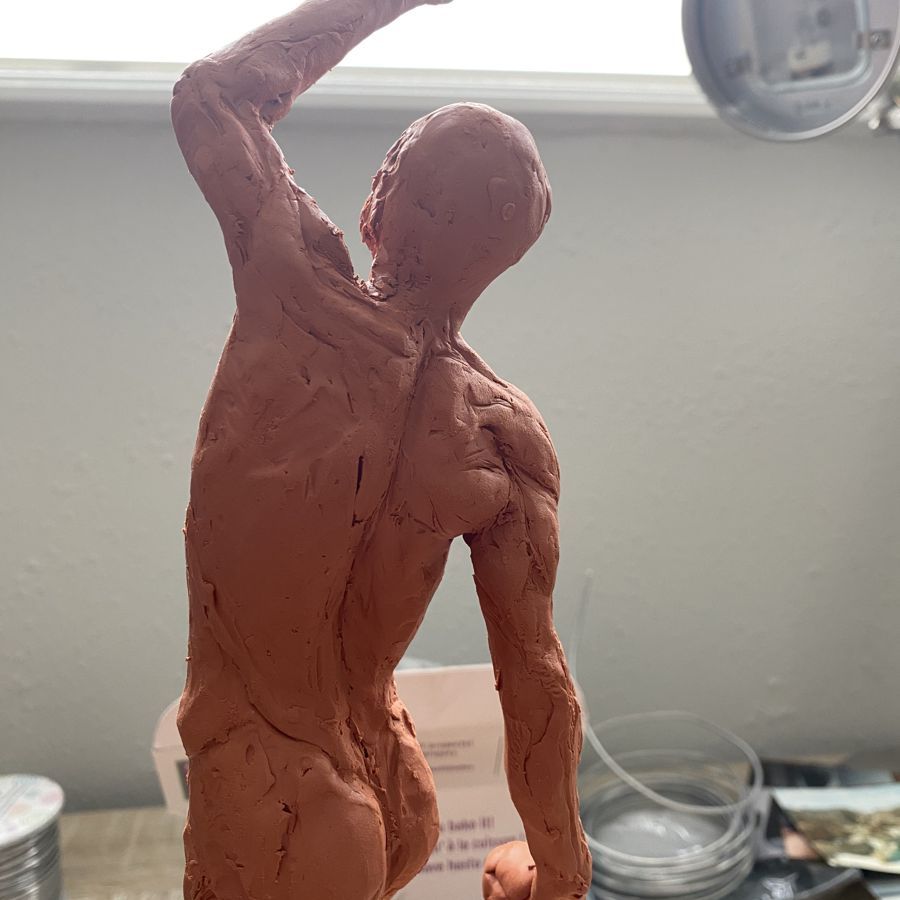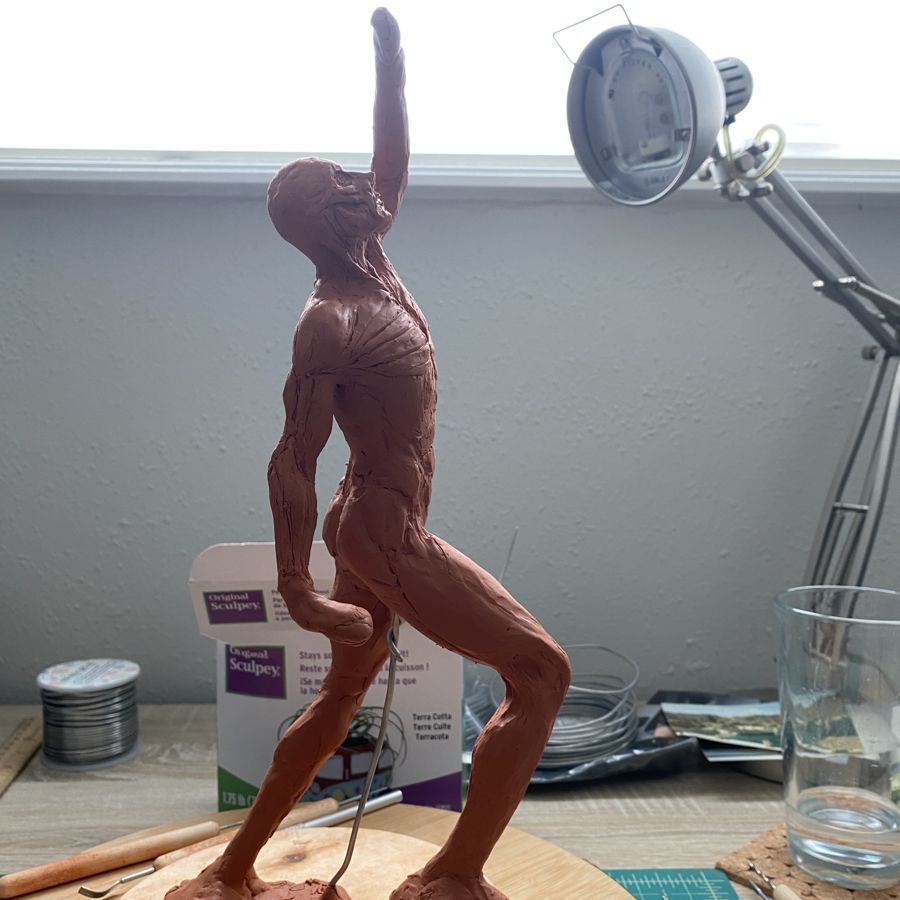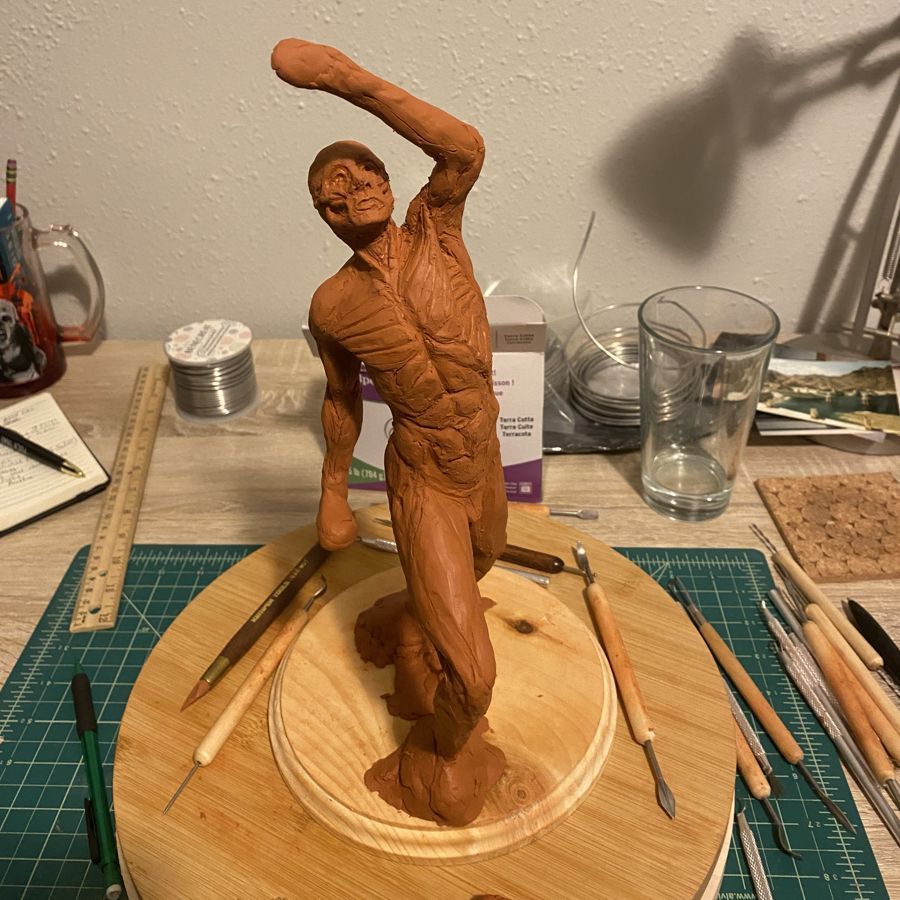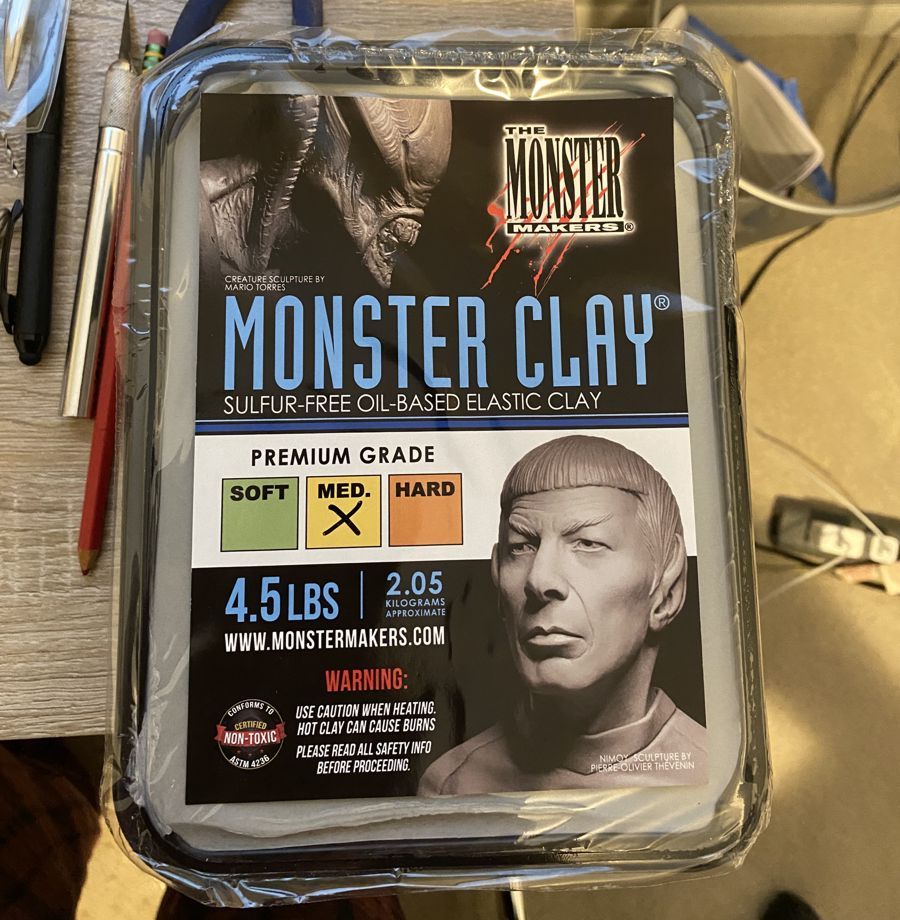
I loved the horror genre as a kid. I loved the movies, the monsters, and I loved Stephen King. I mean, I was enthralled by them to the point of obsession. I was the kid whose hero was Freddy Krueger from the Nightmare on Elm Street series: the burnt up, crazed maniac who invaded the dreams of teenagers to put them to death. I was the fifth grade kid giving the breakdown on Stephen King novels for his Book-It Club Book Reports. I was the kid with the gigantic Freddy Krueger and Robocop and Lost Boys posters covering the wall on his side of the bedroom. It was serious buisness for me.
When it came to the movies, it was all about the special effects. This was before everything was CGI, when the monsters and madmen were true physical objects, characters in costume with foam latex appliances glued to their body, or animatronics creatures puppeted by the artisans who made them. I tried to find, and watch, every movie that special effects artists the likes of Tom Savini, Dick Smith, and Rob Bottin, worked on. When I could scrape together the money I would purchase and then pour over copies of Fangoria and Gorezone magazine. By the time I was in sixth grade I had decided I wanted to be a special-effects artist. I wanted to cast heads, then create creatures over these molds, ultimately creating foam latex appliances and transforming a sitter into someting straight from my imagination.
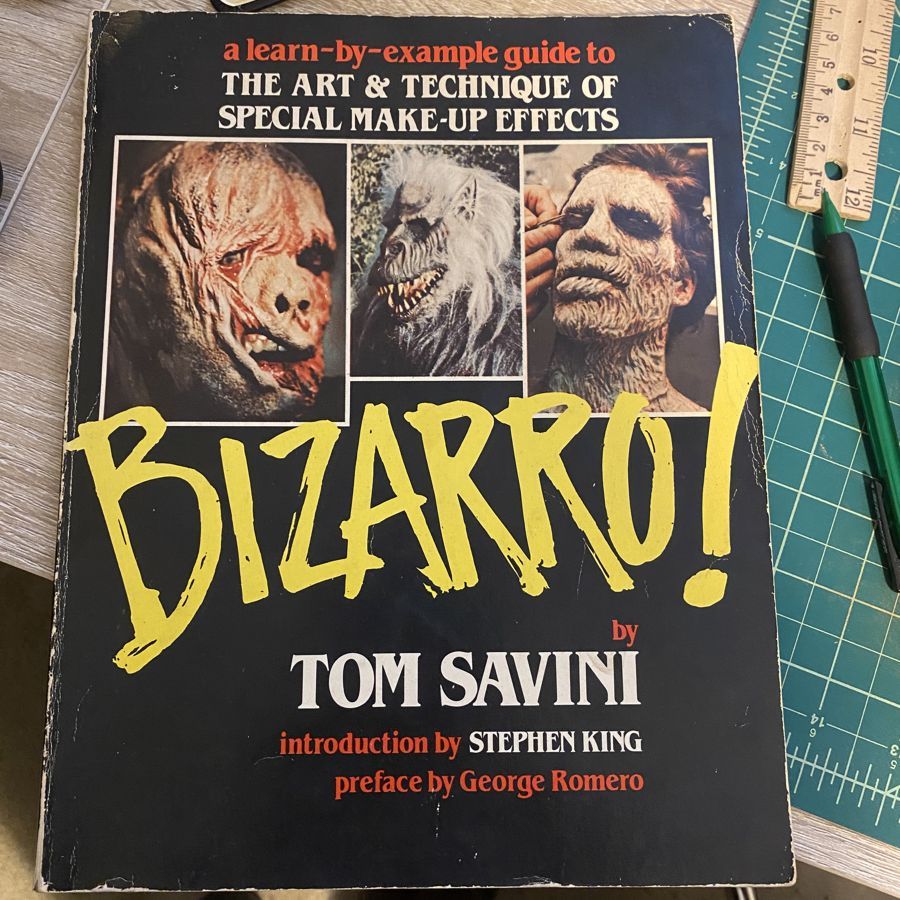
I was able to get my hands on some liquid latex, and spirit gum, and proceeded to make a series of facial and hand appliances that when applied left me looking deformed. I had notebooks filled with the steps to casting a head, making positive and negative molds, the proper temperatures for baking foam latex. I had my copy of Tom Savini's "Bizarro!" which I read and read and read. But I could never get my hand on the things I needed. I was a kid, without money, and born into a family who couldn't come up with that kind of scratch for a kid to play around with making monsters.
Over time this dream faded. I didn't know how one would go about becoming an effects artist. None of the books had those kind of directions. All the artists just seemed to have connections. Their stories just started with "I began working under...", or something along that line. By the time I was a teen I told myself it wasn't practical. And that was that.
Fast-forward thirty-some years: I'm an adult approaching 50, who needs a creative outlet, something of his own outside of work and family. It's a serious need, something I've neglected for years and I think it has lent itself to a lot of personal unhappiness. One day I come across a video on YouTube. A person is sculpting Willem Defoe as the Joker. It's a wonderful video, inspiring, and it awakens that desire to make characters, and creatures, to take something from the imagination and manifest it in the real world.
I begin doing some research and put together a list of supplies, build myself a lazy susan, and start sculpting.
I haven't felt this excited, creatively, in some time. I have almost completed my first piece - an academic study of the musculature. While it is not perfect by any means, it's not a bad first attempt piece. There is much work to be done, but this first attempt has produced results that are motivating to me. I'm excited for my next piece.
Ultimately, my thought is to create characters, dolls, whatever you want to call them, create silicone molds of the pieces, cast them in resin, and paint them. At some point I may try some larger scale pieces.
This is still a far cry from that dream of doing special-effects, but it's an approximation. I get to dream up characters, create molds, cast them, and paint the resulting figures. It is also combining my core creative capablilities with the added benefit of producing a physical object. It requires skilled observation, learned technique, creativity, and deft use of you hands to manipulate tools and clay.
Some process shots
So this is a beginning. Something I'm truly excited about and hopeful brings about many wonderful hours of creativity. I look forward to sharing my growth, and the pieces that I create, both the good and the bad.
What I have learned from my first piece
1. If going this large again, I need to create a stand to keep the piece stable. I didn't want to do this when creating the lazy susan, but imagine I'll have to create another, larger lazy susan, and add a stand. This one required me to jam a wire up the figures center after I had already begun, to keep it from falling over. It is still not entirely stable and has a good amount of wobble.
2. To get started, I bought some Sculpey Clay from the local art store. I have no intent of firing it in the oven, but instead felt it was a relatively cheap entry point to get going, and I didn't have to worry about it drying out. All of that proved useful, but the clay is too soft. Once my hands really warm it up, it can get difficult to control, especially smaller details. For my next piece, I've purchased some medium hardness Monster Clay. I'm very excited to use this.
3. Tools matter. I've bought a lot of different tools since the beginning. When I ordered my Monster Clay I also picked up some stainless steel carving tools. These look to be very good quality and should help.
4. The armature is harder to make then it looks, but incredibly important to get the proportions correct. My first sculpture has some proportional problems that I'm not able to get around. The torso is a bit too long, as are the legs. While I've tried to hide some of this with clay, it's still obvious. Likewise, one of the arms is shorter than the other. I'm sure, with practice, that the building of my armatures will improve.
5. Continuing with proportions: I intially began applying the clay to the wire and building it up. For this particular piece, I think it would have been much better had I shaped out the chest and rib cage cavity, as well as the block of the pelvis prior to anything else.
